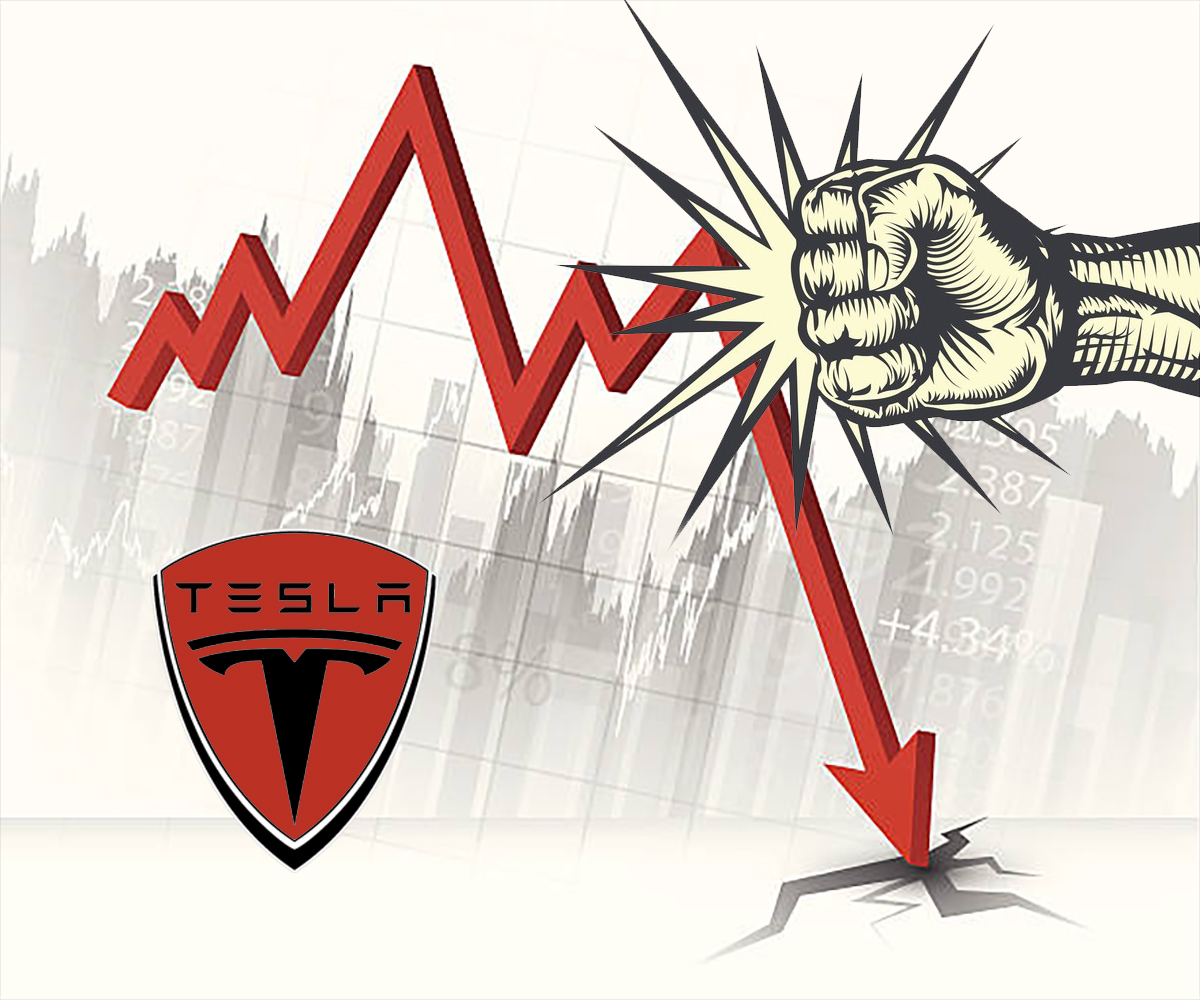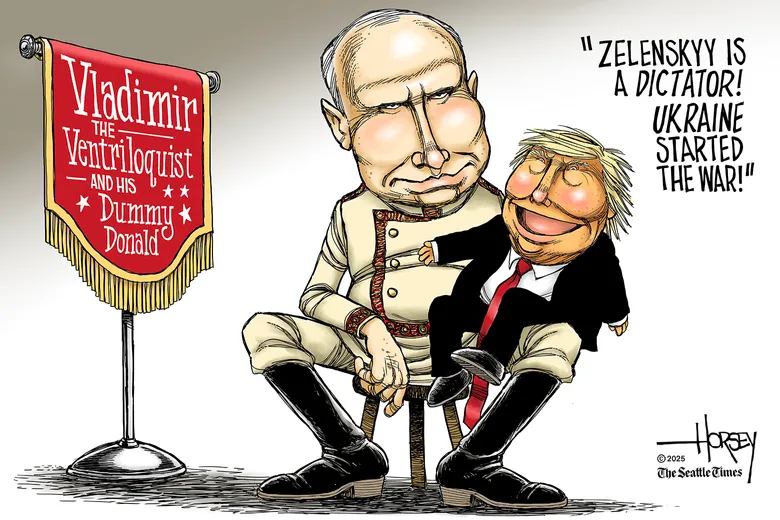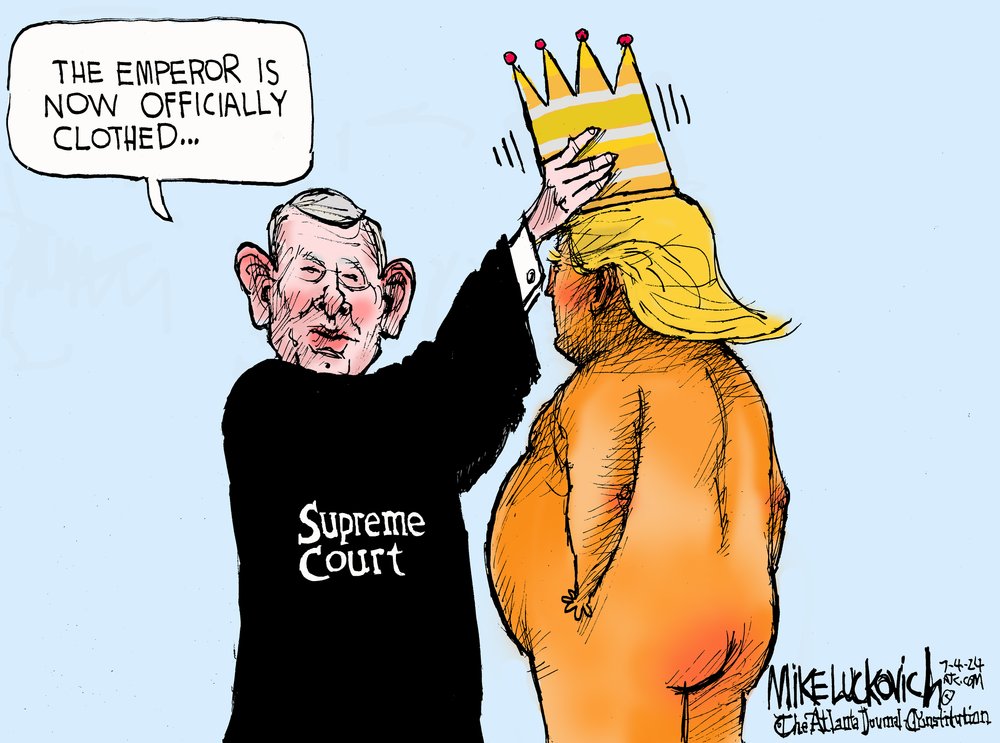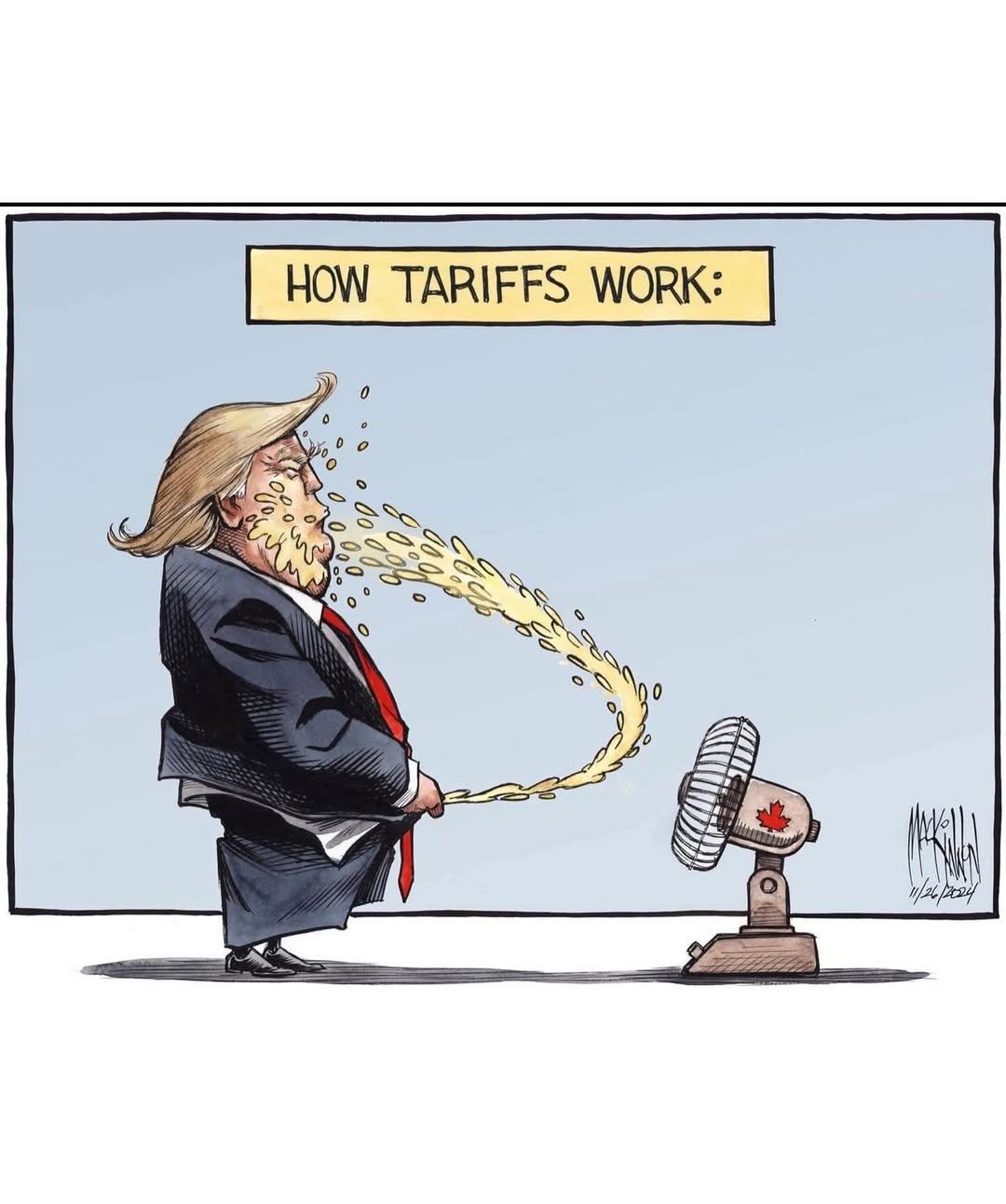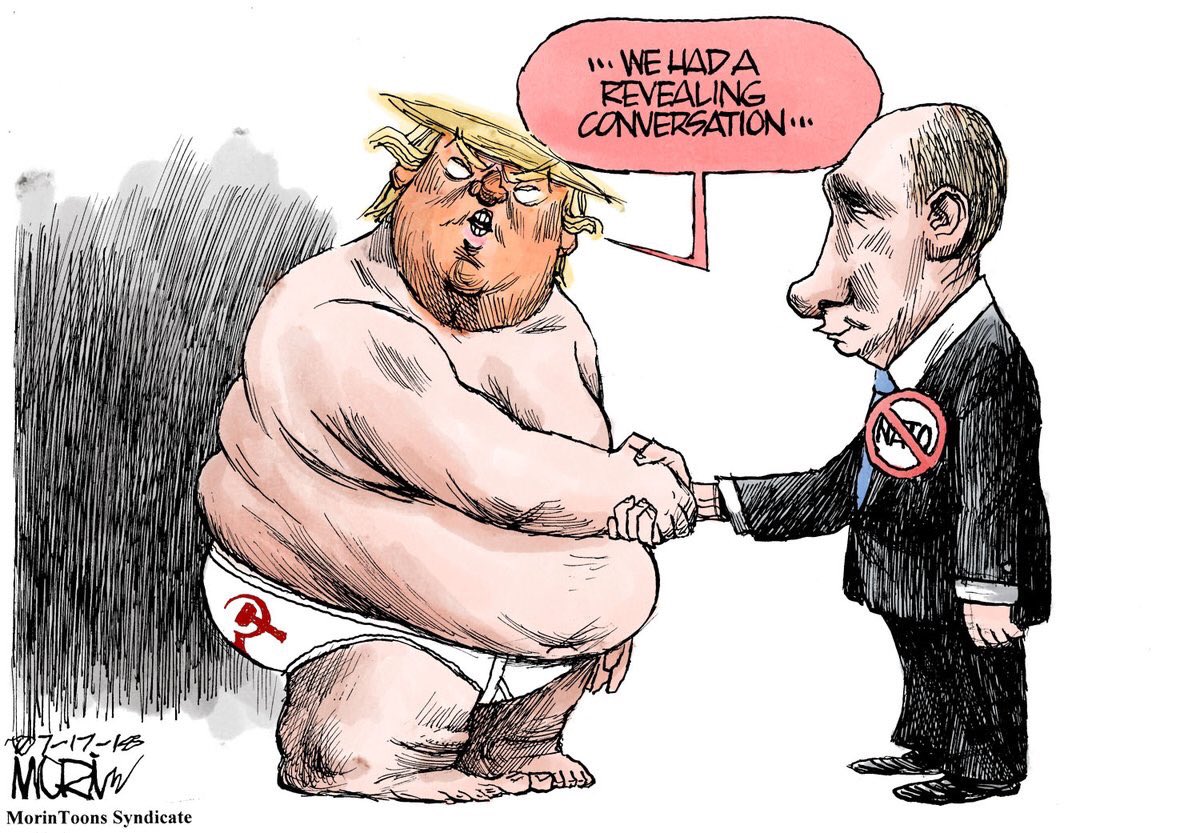Donald Trump’s second first 100 days have been nothing short of a demolition derby for democracy—except the collisions are intentional, and the wreckage is the point. If his first term was a stress test for the republic, this one is the autopsy. The strategy? A well-worn playbook of “shock and awe” straight from Naomi Klein’s The Shock Doctrine. The goal? Overwhelm the system so thoroughly that by the time Americans even register what’s happening, it’s already too late.
This isn’t just chaos; it’s curated chaos. Enter Project 2025, a battle plan so ambitious and ruthless that it makes previous GOP power grabs look like PTA meetings. The Heritage Foundation and their ideological foot soldiers have cooked up a blueprint that aims to “flood the zone” (a phrase lifted straight from Steve Bannon’s playbook) with so many executive orders, firings, agency gutting, and policy reversals that neither the media nor the public can keep up. It’s a rapid-fire assault on every institutional safeguard that, ironically, Trump’s first term proved were never as strong as they seemed.
Sociologist Jennifer Walter lays it out clearly in her article Overwhelm is the Goal: the strategy isn’t just to dismantle the government—it’s to do it in such a blinding storm of action that resistance becomes impossible. Who has time to organize when civil service protections are torched, environmental regulations vanish, and the Justice Department is repurposed as Trump’s personal vendetta machine—all before lunch? By the time the public processes the morning’s scandal, the afternoon’s authoritarian decree is already old news.
The media, already prone to breathless “both sides” coverage, is predictably struggling. The press, like an overworked ER doctor in a mass casualty event, simply cannot triage this level of democratic carnage. Meanwhile, the public—dazed, disoriented, and exhausted—finds itself in a loop of outrage fatigue, watching the unraveling of American governance at 5x speed.
By the 100-day mark, it’s clear: this isn’t a presidency, it’s a hostile takeover. Democracy isn’t dying in darkness; it’s being waterboarded in broad daylight, while the architects of Project 2025 watch with smug satisfaction. America, once the self-proclaimed beacon of democracy, now finds itself on life support, and the ones pulling the plug are wearing MAGA hats.


